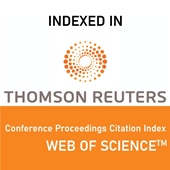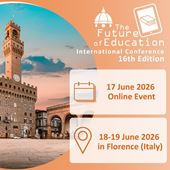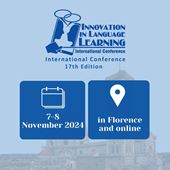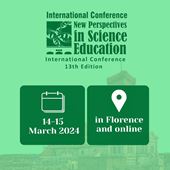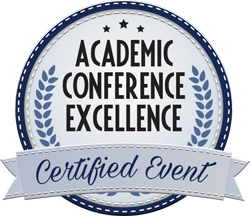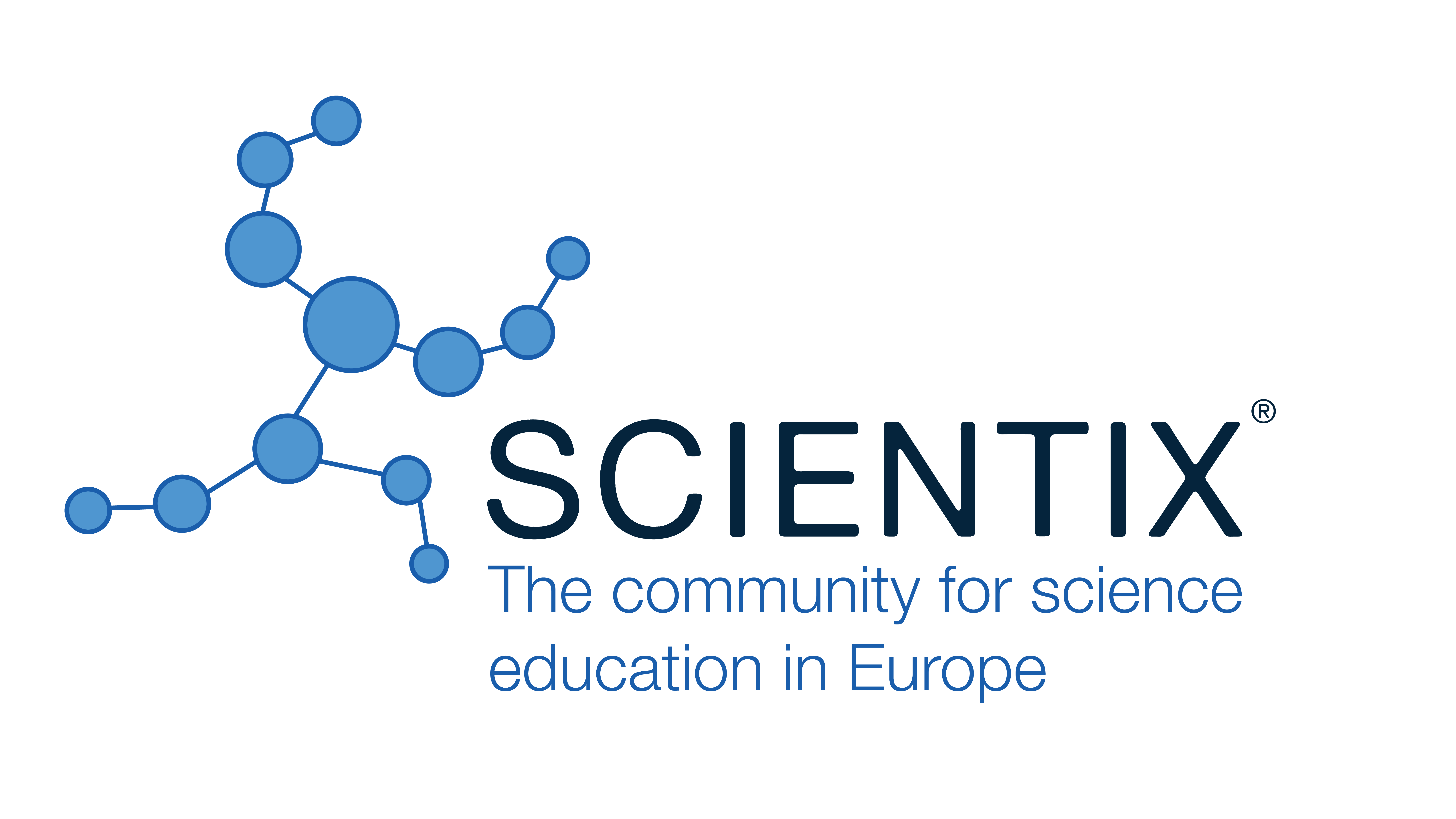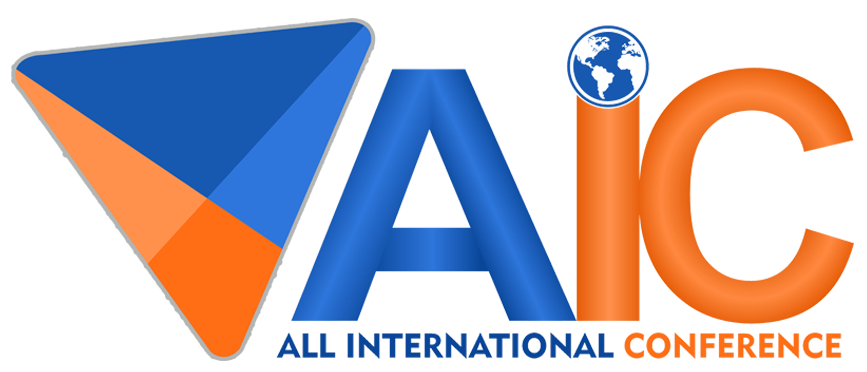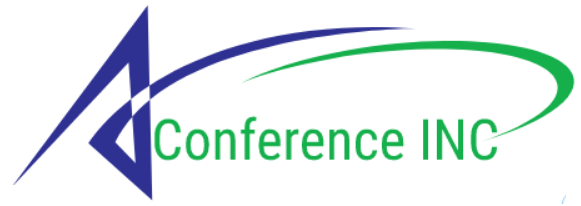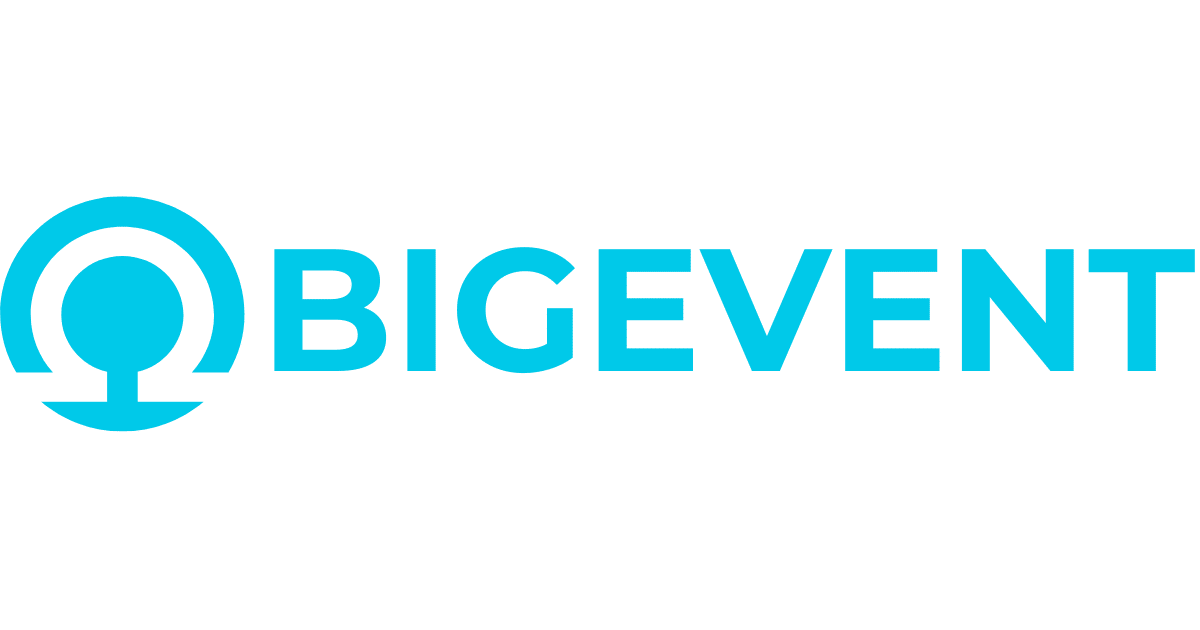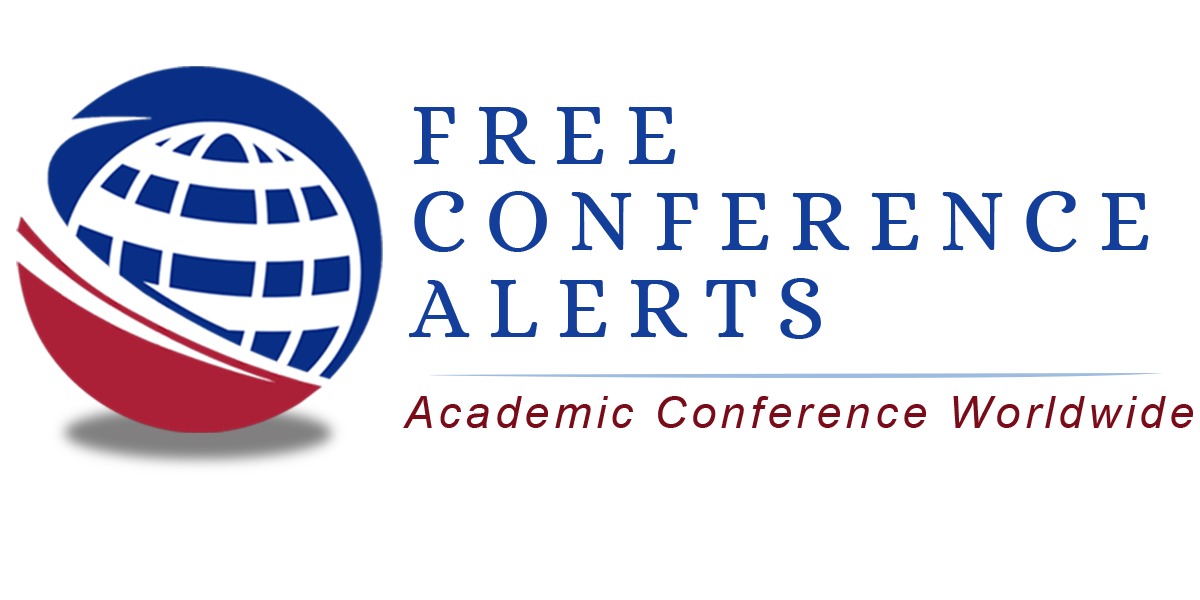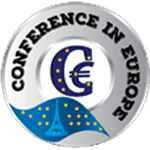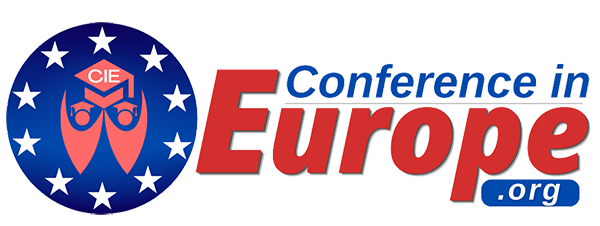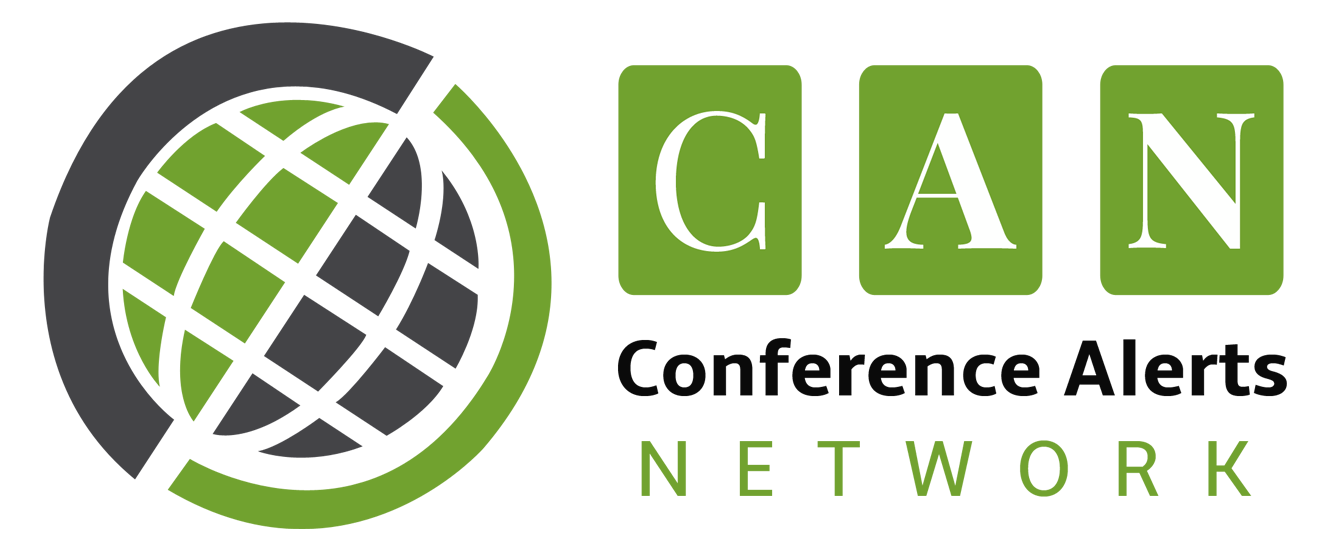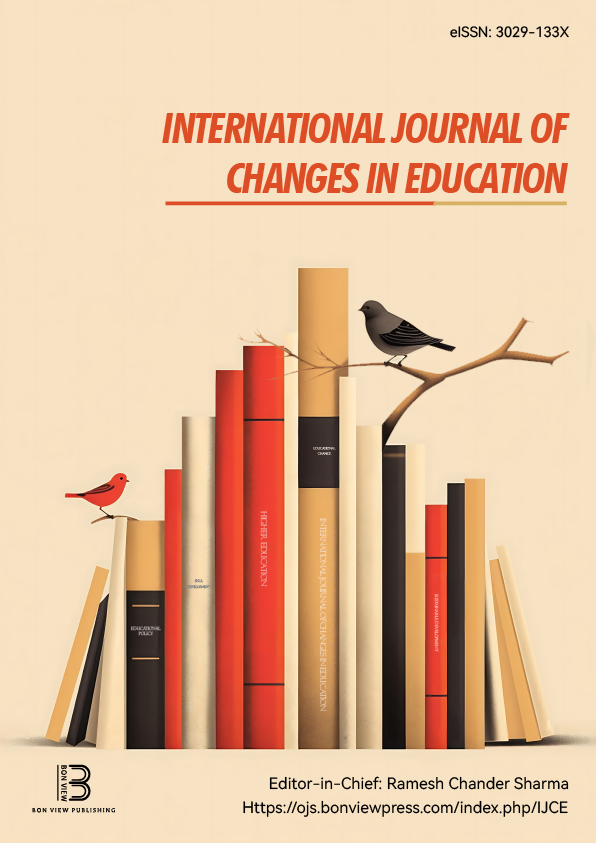Creativity in Education in the Era of Emerging AI
Marili Douzina, Arsakeia Schools, Hellenic Open University (Greece)
Abstract
The rapid advancement of AI, particularly through Large Language Models, is significantly influencing the fields of creativity and education. The term "artificial creativity"—defined as a form of pseudo-creativity— and the debate on whether AI can be considered creative and how it impacts human creativity are key topics of discussion within the scientific and educational community. At the same time, the integration of AI into the educational domain and its effects on student creativity are becoming a pressing concern for the educational community. Although the relevant discourse is still evolving, as the landscape of AI, its applications, and experimentation in educational settings continue to develop, the aim of this proposal is to suggest, based on empirical observations, implementation, and current bibliography, AI tools and applications that can enhance (rather than diminish) adolescent students' creativity: to this end, specific activities are proposed where AI tools/applications are employed in language-related subjects (Language, Literature, Creative Writing) to unleash creativity, serve as sources of inspiration, and ultimately contribute to the students’ creative growth. Furthermore, the proposal seeks to lay the foundations for a healthy collaboration between humans and AI, foster a robust AI literacy, and strengthen students' self-regulated learning skills.
|
Keywords |
AI, Creativity, adolescent students |
|
REFERENCES |
[1] Carvalho, L., Martinez-Maldonado, R., Tsai, Y. S., Markauskaite, L., de Laat M. (2022). How can we design for learning in an AI world? Computers and Education: Artificial Intelligence, Article 100053, 10.1016/j.caeai.2022.100053 https://doi.org/10.1016/j.caeai.2022.100056. [2] Gardner, H (2009). Five minds for the future. Harvard Business Review Press. [3] Habib, S., Vogel, T., Anli, X.,Thorne, E. (2024). How does generative artificial intelligence impact student creativity? Journal of Creativity, 34 (1). https://doi.org/10.1016/j.yjoc.2023.100072. [4] Kaufman,J.C., Beghetto R. A., (2009). Beyond big and little: The four C model of creativity. Review of General Psychology, 13 (1), pp. 1-12 [5] Long, D., Magerko, B. (2020). What is AI literacy? Competencies and design considerations. Proceedings of the 2020 CHI conference on human factors in computing systems, 10.1145/3313831.3376727 [6] Luckin, R., (2018). Machine learning and human intelligence: The future of education for the 21st century. UCL Press. [7] Markauskaite, L., Marrone, R., Poquet, O., Knight, S., Martinez-Maldonado, R., Howard, S., Tondeur, J., De Laat, M., Buckingham Shum, S., Gašević, D., Siemens, G. (2022). Rethinking the entwinement between artificial intelligence and human learning: What capabilities do learners need for a world with AI?, Computers and Education: Artificial Intelligence, 3, 100056, https://doi.org/10.1016/j.caeai.2022.100056
|
 The Future of Education
The Future of Education
